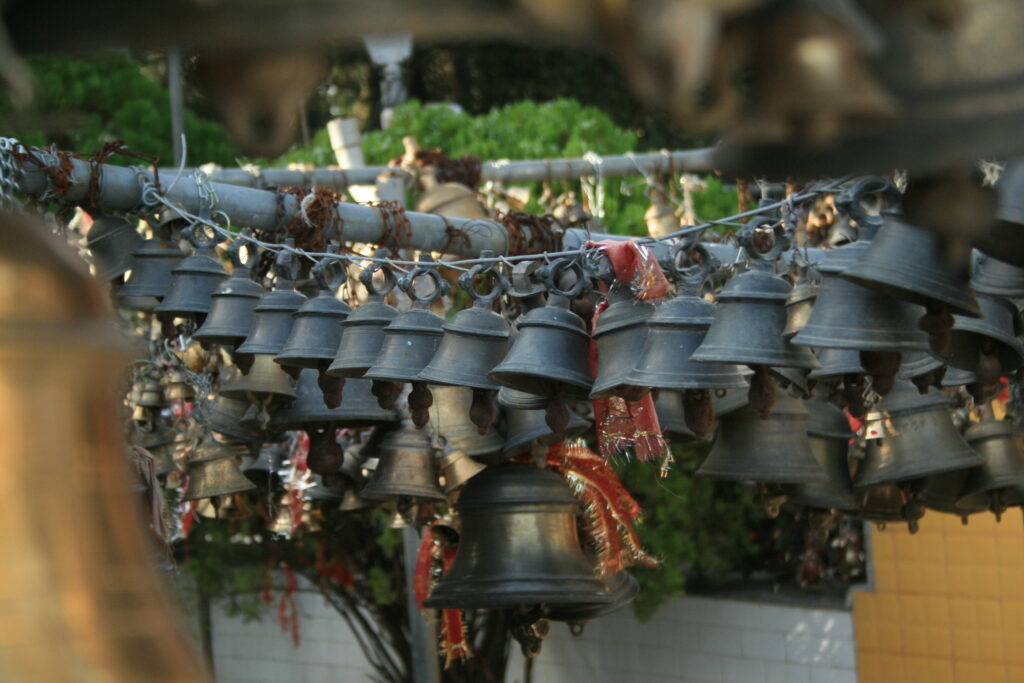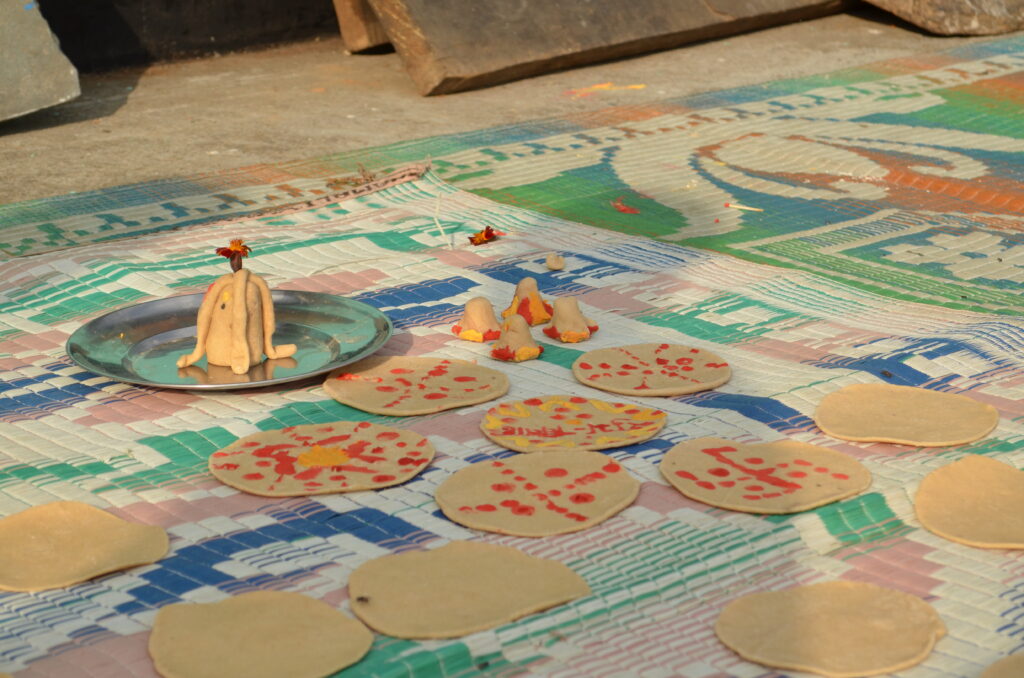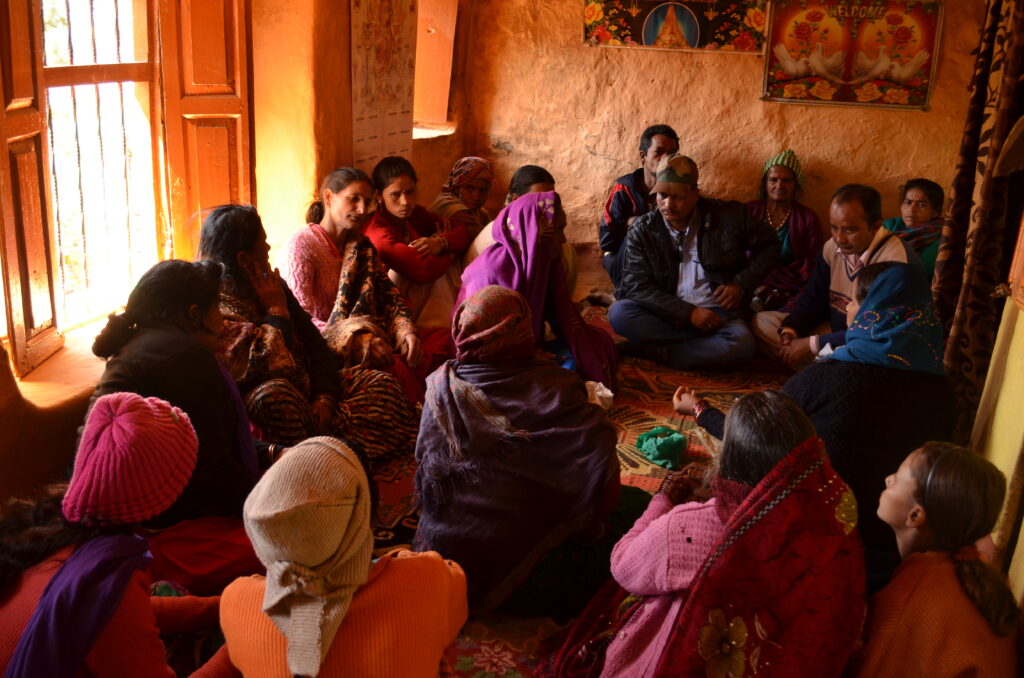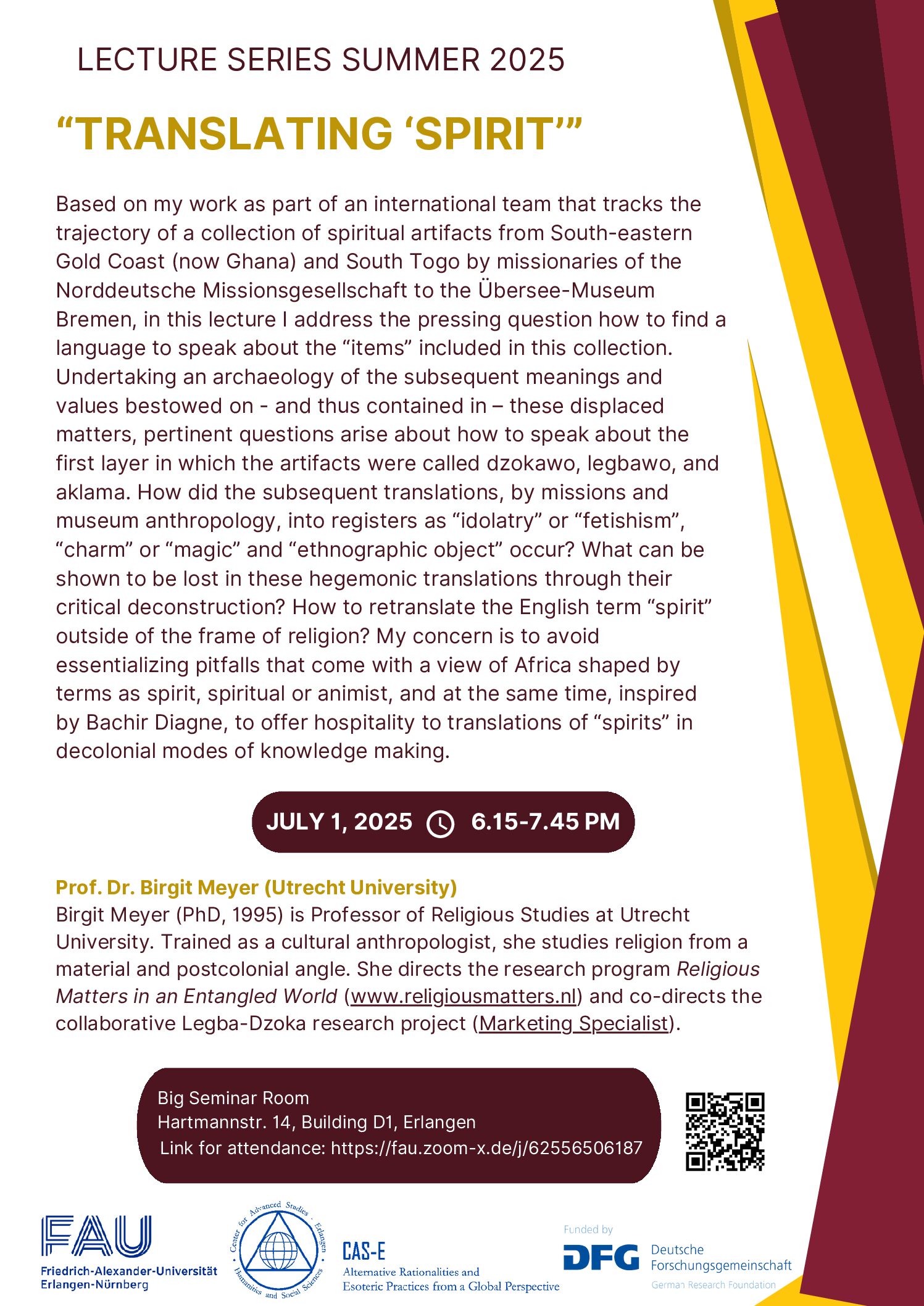By Kalindi Kokal
Groomed in the discipline of law, for which the notion of justice is grounded in certainty, reinforced by procedure and form with documents, precedents and codification; my 21-year-old-self found herself staring at something almost ‘magical’ as I witnessed bunches of affidavits, letters and petitions tightly secured to temple walls by rusting nails as they fluttered in the day breeze.

Written appeals to the goddess Bhagwati
I was standing in one of the several temples of goddess Bhagwati (also known as Kokiladevi or Kotgari devi), a deity of justice, in the Kumaon region of the Central Himalayas. Stacked with emotion, these were written appeals that pleaded the goddess’s intervention or enlisted her complicity to correct an experience of injustice (Bindi 2022). Invoking the intervention of “more-than-human” (Bajpai 2024) beings to remove injustice, described as the experience of ashānti – a state of disturbance in one’s life – is a widespread practice in the villages of the Bageshwar and Pitthoragarh districts of Uttarakhand in India. In over fifteen years of my association with a diverse set of agrarian and pastoral communities from this region – who collectively identify themselves as pahāḍi (meaning from the mountains) – rituals facilitating the intervention of, interaction with and appeasement of deities and spirits have remained a striking phenomenon of pahāḍi people’s everyday life. These rituals facilitate the crucial experience of witnessing the existence of all beings as being fraught with emotion – desires, anger, happiness and pleasure. Rituals reveal that justice and its pursuit is in fact embedded in this very dynamic, making it fragile, intuitive and akin to a process of healing, strikingly contrasting from positivist interpretations of justice that make it out to be a chase for something definitive.

Bells are offered to the deities to show thankfulness
Be it in a courtroom or divine justice, rituals as a performative action are integral to the pursuit of justice. This pursuit demands an investment of time, which may be attributed to pendency in court rooms but is perceived as a test of patience and faith in the realm of divine justice. “If one has made a genuine appeal for justice with a clean heart, the deity will listen; maybe not immediately, but eventually injustice will be corrected,” said 42-year-old KU, who works with a local NGO. KU was telling me about a young man who had visited his father, the previous day, to return to him an amount that KU’s father had loaned in good faith to this young man’s father 45 years ago. KU’s father had appealed to goddess Bhagwati because he had felt cheated since the loaned amount had not been returned to him in due time. “As you can imagine, the actual amount is trivial today. But what is important is that the goddess heard him, and the experience of injustice was corrected,” continued KU who speculated that the debtor had been prompted to return his father’s loan most possibly because of some ashānti in the debtor’s or his son’s life.
To imagine justice as removal of ashānti extends its scope beyond the human world and works to connect the lives of pahāḍis with the natural and supernatural world as one continuous whole. The precarity of life in these mountainous regions binds the pahāḍis into a reciprocal relationship with their natural surroundings that are perceived to be the manifestation of balance in a universal order. Within local knowledge realms, the reciprocity between humans and their natural surroundings is one part of a universal order, the smooth continuation of which is necessary for shānti, which is described as the experience of abundance, peace and balance. Ashānti in one’s own life is an indication of a disturbance in the universal order, often attributed to one´s own actions or those of one’s ancestors. The restoration of shānti thus requires the individual to communicate with the natural and supernatural – the more-than-humans – who are perceived to be an embodiment of this order. Materially more-than-humans manifest in the supernatural realm as family deities (devtā), deities of justice (nyāy devtā), the spirits of ancestors, wandering spirits of lonely and unhappy souls, and in nature’s realm as natural springs, trees, forests and winds. Rituals tie the human and more-than-human worlds together, facilitating communication that in fact destroys the binary that suggests a separation of these worlds.
Rituals of justice form part of everyday knowledge amongst pahāḍis and remain elemental to their experience of growing up. Although varying slightly in form from village to village, these rituals can be broadly categorised according to their purpose. One category of rituals is performed for the smooth continuation of order which is embedded in experiences of peace, abundance and balance. These rituals are usually performed along with the celebration of auspicious occasions in a person´s life – birth, marriage, thread ceremonies etc. They imbibe feelings of respect, gratefulness and appreciation towards the more-than-humans. For instance, on the day of his/her naming ceremony a new-born child is first taken to the natural spring (naulā) in the village for contact with its waters. This ritual is meant to signify the welcoming of the baby by the natural spring, which rises from the earth and is considered the village’s earliest inhabitant and therefore the family’s first kin. It must be shown the same respect and love as a family elder.

Food offerings
A second category of rituals is performed to restore order. The performance of these rituals is necessitated by ashānti or disturbance in one’s life. These rituals are more elaborate than celebratory rituals and are performed in several parts/stages. They almost always involve consultations with priest magicians (puchiāri) to determine the cause of the disturbance; spirit embodiment to communicate with deities or spirits; and animal sacrifice to appease, calm or thank the more-than-humas. Similar to esotericised rituals in different parts of the world, these also occur in hidden form, in the depths of forests, or late at night and are shrouded in secrecy.

Appeasement ritual for goddess Bhagwati

The meeting room of a priest magician
While the complexity of language and procedure makes courtroom justice incomprehensible and therefore ambiguous for common people, it is the expertise of ritual specialists and moods of more-than-human beings that lend uncertainty to divine justice. The goat must quiver as a sign of consent to being sacrificed, the spirit or deity who embodies in a medium must first confirm their involvement in the cause of ashānti, at least two priest-magicians must be consulted to narrow down the possibility of a certain spirit or deity’s involvement. I had often been told that: “There is very much the possibility that the devtā arrives and denies his or her involvement. S/he may tell us to enquire with another priest-magician or may sometimes be able to tell us whose involvement may be causing the ashānti.” This could then mean conducting a second ritual or inviting the indicated spirit or deity to the same ritual if the spirit medium and ritual specialist were experienced enough to do so and of course if the finances permitted. More spirit interactions meant more rituals of appeasement.
Despite being sheathed in precarity,the ubiquitousness of pahāḍi rituals of justice provokes a narrative of justice that is experiential and embedded in the dynamics of uncertainty within which the power of more-than-humans rest. It is rituals that enable communication with these powerful forces and the experience they lend ultimately often even undermines the value of the outcome as was evident in KU’s case. Layered in time and uncertainty justice moves into a realm of experience similar to healing, but one that is temporal and yet, possibly because of this very fragility, remains desirable.
References:
Bajpai, Shrishtee. 2024. “With the Gaze on Me: Living with the Rhythms and Moods of Nature.” Roundglass Sustain (blog). June 3, 2024. https://roundglasssustain.com/naturewellbeing/living-with-nature?utm_campaign=later-linkinbio-rgsustain&utm_content=later-43459596&utm_medium=social&utm_source=linkin.bio.
Bindi, Serena. 2022. “Exorcising Angry Deities and Spirits of the Dead: Spiritual and Earthly Battles of Married Women in Uttarakhand (India).” Social Compass 69 (4): 550–77.
#
Kalindi Kokal works at the intersection of law and anthropology exploring the processing of interpersonal conflicts as a site to understand how people organise their lives within pluri-legal contexts of governance. She is interested in the themes of religion and law, legal consciousness, family, conflict studies and legal pluralism in India specifically and South Asia more broadly.
____
CAS-E blogs may be reprinted with the following acknowledgment: “This article was published by CAS-E on July 23rd, 2024.”
The views and opinions expressed in blog posts and comments made in response to the blog posts are those of the author(s) and do not necessarily reflect the views and opinions of CAS-E, its founders, its staff, or any agent or institution affiliated with it, nor those of the institution(s) with which the author is affiliated.
____
All pictures are taken by Kalindi Kokal.








